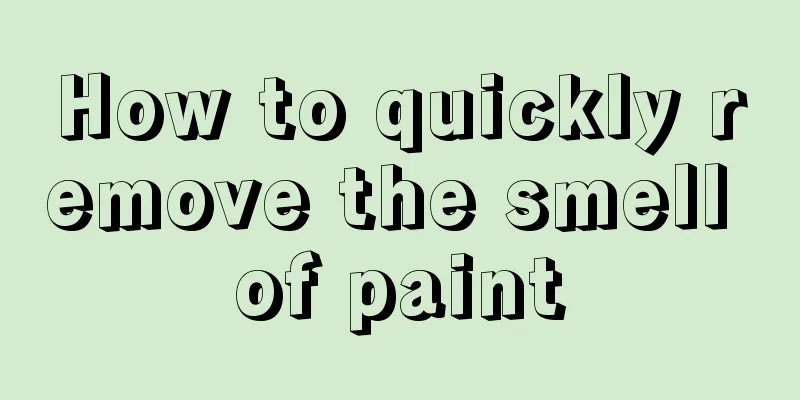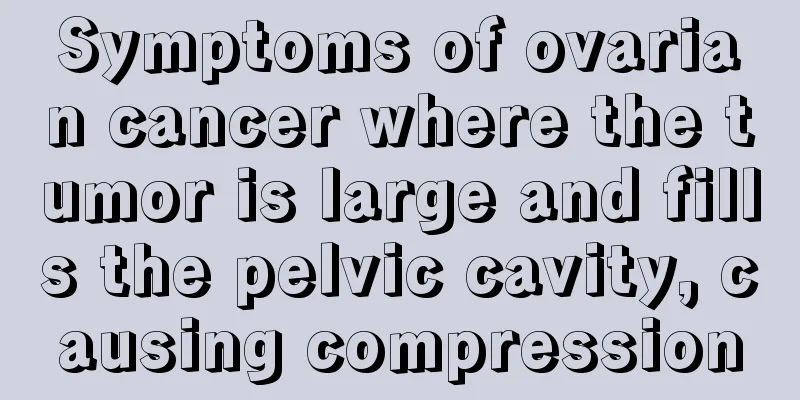How to repair and treat nerve damage?

|
Nerve damage is extremely harmful to health. Nerve tissue is spread all over our body. When nerve damage occurs due to external force or other reasons, it is necessary to promptly alleviate the damage. For example, cervical spondylosis can compress the cervical nerves. At this time, the nerve damage can be improved by dilating blood vessels. In addition, surgical treatment is also a common method of nerve injury, especially craniocerebral injury, which often compresses the nerves. Through craniotomy, the hematoma can be reduced, which can achieve the effect of preventing nerve damage. 1. Surgical treatment (1) Indications for surgery: ① The fracture fragments compress the cranial nerves. ②Intracranial pressure continues to increase and cranial nerves are compressed. ③Non-surgical treatment is ineffective. ④Cause severe nerve irritation symptoms such as dizziness and neuralgia in the later stage. (2) Preoperative preparation: The site of nerve damage is determined through imaging, electrophysiology and clinical manifestations; the nerves and muscles for transplantation are selected. (3) Surgical methods: ① Nerve decompression, through intracranial or extracranial approach, using a drill to remove bone fragments compressing the nerve, clear the hematoma around the nerve, and cut the epineurium under a microscope, such as optic canal and facial canal decompression; ② Nerve reconstruction, including: direct reconstruction, such as direct anastomosis of nerve ends and nerve transplantation anastomosis; indirect reconstruction, such as facial nerve-accessory nerve anastomosis; plastic surgery, such as corner of mouth suspension or temporalis and masseter muscle transfer for patients with facial paralysis; cranial nerve destruction, such as selective resection of the trigeminal sensory root to treat trigeminal neuralgia. (4) Postoperative treatment: Comprehensive recovery through medication, physical therapy, and acupuncture 2. Rehabilitation treatment : Rehabilitation training and NMR neuromuscular electrical stimulation therapy are very effective. Rehabilitation treatment needs to be carried out according to the location of the patient's nerve damage and the location of the muscles affected by the nerves. To increase blood circulation to damaged nerves and provide nutrients for nerve regeneration. NMR-neuromuscular electrical stimulation was developed by our department in cooperation with Tsinghua University. It was mainly developed for the development of our department and is used for the rehabilitation treatment of nerve paralysis. After being used by a large number of patients, it has achieved satisfactory therapeutic effects, especially for brachial plexus injuries. 3. Nerve recovery: Nerve recovery is a very slow process. The recovery time varies with the degree of nerve damage. The longest recovery time for nerve damage is 1-2 years, the shortest is 1-2 months, and usually it is 3-6 months. |
<<: What are the common causes of bronchospasm
>>: Can nerve damage be restored
Recommend
What are the symptoms of vitiligo?
Skin diseases are one of the diseases that people...
What exactly causes colorectal cancer?
I believe everyone should be aware of the high in...
What are the causes of laryngeal cancer
Laryngeal cancer is a common malignant tumor in t...
If my grandmother has esophageal cancer and kisses my baby, will it be contagious?
If my grandma has esophageal cancer, will it be c...
Can baby wipes be used to wipe private parts?
We often use wet wipes in our daily life, and mos...
Precautions for gastroscopy in patients with esophageal cancer
In order to reduce the threat of esophageal cance...
What are the side effects of taking Antan
Parkinson's disease is a disease that can eas...
Abdominal distension and pain is a self-diagnostic symptom of rectal cancer
Self-diagnosis of rectal cancer found that rectal...
What to do if fat particles grow near the eyeliner
Fat particles are very common in daily life. They...
What foods can you eat more to prevent lung cancer? These three ways of eating are beneficial to lung cancer patients
Lung cancer is a disease with a very high inciden...
Why do I feel weak all over due to cervical spondylosis?
The human body often induces cervical spondylosis...
How can I wash off the red wine
In life, many people like to drink red wine, espe...
What does Nevus of Ota look like
Many people may not have heard of Nevus of Ota, b...
Can peach and watermelon be eaten together
Peach and watermelon are two very common fruits i...
What are the treatment options for scalp inflammation
Nowadays, many people have encountered various in...









